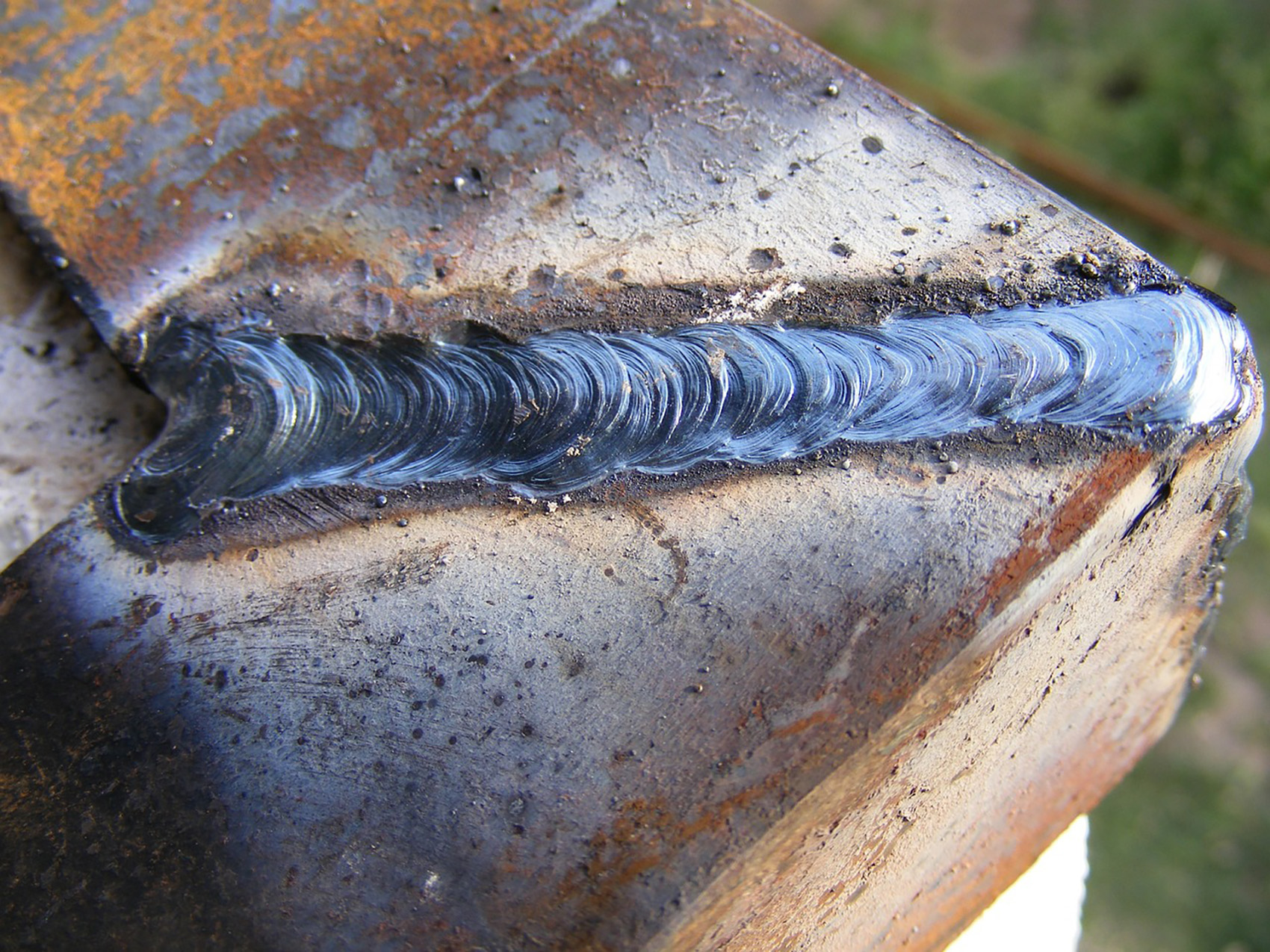Your Complete Handbook to Preventing Weld Undercut Like a Pro
Your Complete Handbook to Preventing Weld Undercut Like a Pro
Blog Article
Grasping the Art of Welding: Just How to Avoid Undercut Welding Issues for Flawless Construction Results
By recognizing the origin creates of undercut welding and implementing effective strategies to stop it, welders can elevate their craft to new degrees of excellence. In the pursuit of perfect construction outcomes, grasping the art of welding to stay clear of undercut problems is not just a skill however a need for those aiming for excellence in their job.
Understanding Undercut Welding

To protect against undercut welding, welders must ensure appropriate welding parameters, such as readjusting the current, voltage, travel rate, and maintaining the right electrode angle. Additionally, using the proper welding technique for the certain joint arrangement is necessary. Utilizing weaving activities or backstepping techniques can assist make sure proper weld metal deposition and minimize the likelihood of undercut formation. Routine examination of welds during and after the welding process is likewise crucial to capture any type of undercut early and make necessary modifications to protect against further problems. Preventing weld undercut. By recognizing the causes of undercut welding and executing safety nets, welders can attain high-quality, structurally sound welds.
Root Causes Of Undercut in Welding
Comprehending the elements that add to undercut in welding is important for welders to produce premium, structurally audio welds. When the weld metal does not properly fill the groove created in between the base metal and the previously transferred weld metal, undercutting occurs. Numerous variables can cause undercut in welding. One usual reason is too much warm input. Welding at high temperatures for extended durations can lead to the base metal melting more than preferred, leading to undercut. Poor welding incorrect or existing welding speed can likewise contribute to damage. Inadequate current may not give sufficient heat to thaw the base and filler steels effectively, while excessive rate can avoid correct blend, triggering undercut. Furthermore, inappropriate electrode angles or inaccurate torch control techniques can produce areas of reduced weld metal deposition, promoting undercut. Recognizing these reasons and implementing correct welding techniques can aid avoid undercutting issues, making certain resilient and solid welds.
Strategies to avoid Undercutting

To minimize the threat of damaging in welding, welders can utilize calculated welding techniques aimed at enhancing the quality and integrity of the weld joints. In addition, making use of the correct welding technique for the specific joint configuration, such as weave or stringer beads, can add to minimizing damaging.
Employing back-step welding methods and managing the weld bead profile can additionally help distribute warm uniformly and decrease the risk of undercut. Regular inspection of the weld joint during and after welding, as well as implementing high quality guarantee steps, can help in addressing and detecting undercutting concerns promptly.
Importance of Appropriate Welding Criteria
Selecting and maintaining proper welding criteria is vital for achieving successful welds with very little problems. Welding specifications describe variables such as voltage, current, travel speed, electrode angle, and protecting gas circulation price that directly affect the welding procedure. These parameters should be very carefully readjusted based upon the kind of product being welded, its thickness, and the welding technique employed.
Appropriate welding criteria make certain the correct amount of heat is applied to melt the base metals and filler material consistently. If the specifications are set too expensive, it can cause too much warmth input, creating spatter, distortion, or burn-through. On the various other hand, if the criteria are as well low, insufficient combination, lack of penetration, or undercutting might take place.
Quality Control in Welding Operations

Conclusion
In verdict, understanding the art of welding needs a comprehensive understanding of undercut welding, its causes, and strategies to avoid it. By guaranteeing proper welding criteria and executing quality guarantee methods, flawless manufacture results can be attained. It is necessary for welders to consistently make every effort for excellence in their welding procedures to prevent undercut issues and create top quality welds.
Undercut welding, a common flaw in welding procedures, takes place when the weld metal does pop over here not properly load the groove and leaves a groove or anxiety along the bonded joint.To avoid undercut welding, welders need to guarantee correct welding parameters, such as readjusting the current, voltage, travel rate, and maintaining the right electrode angle. Inadequate welding inaccurate or existing welding speed can likewise add to damage.To mitigate the danger of damaging in welding, welders can employ calculated welding strategies aimed at improving the high quality and honesty of the weld joints.In conclusion, grasping the art of welding calls for an extensive understanding of undercut welding, its reasons, and techniques to avoid it.
Report this page